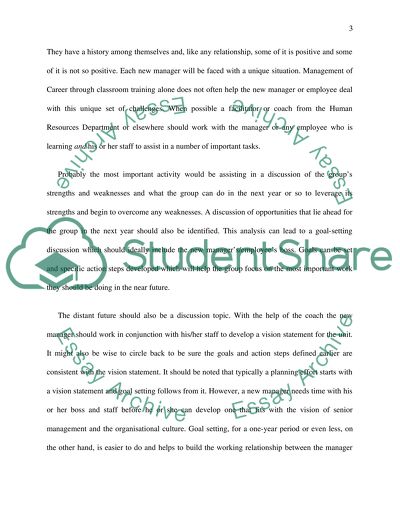Cite this document
(“Career Management and Development Assignment Example | Topics and Well Written Essays - 3000 words”, n.d.)
Career Management and Development Assignment Example | Topics and Well Written Essays - 3000 words. Retrieved from https://studentshare.org/sociology/1502637-career-management-and-development-assignment
Career Management and Development Assignment Example | Topics and Well Written Essays - 3000 words. Retrieved from https://studentshare.org/sociology/1502637-career-management-and-development-assignment
(Career Management and Development Assignment Example | Topics and Well Written Essays - 3000 Words)
Career Management and Development Assignment Example | Topics and Well Written Essays - 3000 Words. https://studentshare.org/sociology/1502637-career-management-and-development-assignment.
Career Management and Development Assignment Example | Topics and Well Written Essays - 3000 Words. https://studentshare.org/sociology/1502637-career-management-and-development-assignment.
“Career Management and Development Assignment Example | Topics and Well Written Essays - 3000 Words”, n.d. https://studentshare.org/sociology/1502637-career-management-and-development-assignment.


